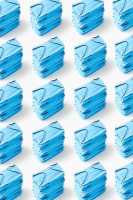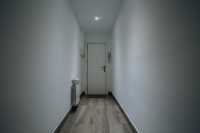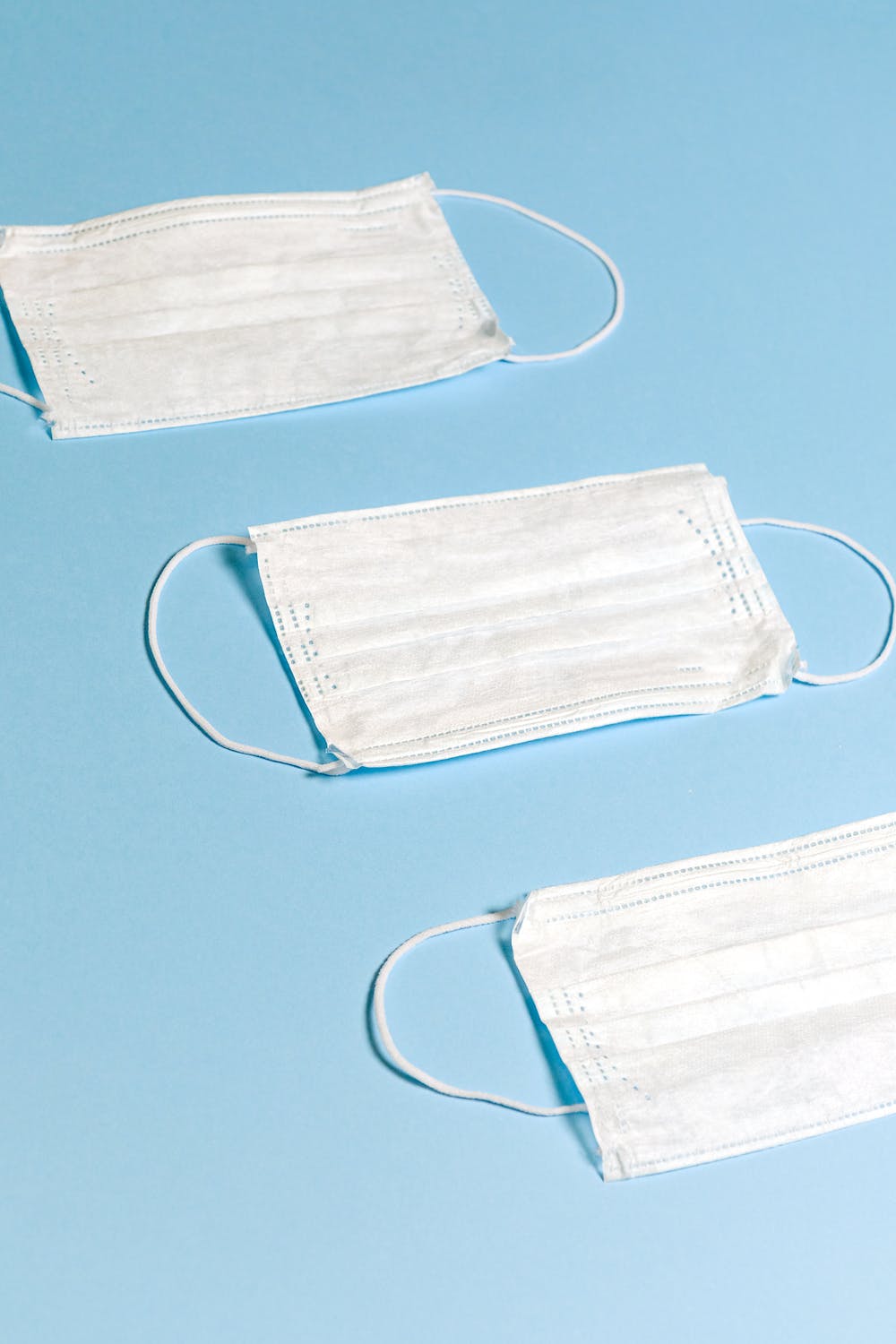Author Interviews, COVID -19 Coronavirus, Vaccine Studies / 23.05.2021
e7health.com CEO Discusses COVID-19, Masks and J&J Vaccine
MedicalResearch.com Interview with:
Jonathan Baktari, MD
CEO of e7health.com
Dr. Baktari dicusses COVID-19 vaccinations as well as the nine vaccinated New York Yankees have now tested positive for COVID-19. They all received the J&J vaccine.
MedicalResearch.com: There are nine known COVID positive results among members of the Yankees, previously immunized with the J&J vaccine. Do you know if the players have become ill or just tested positive on routine testing?
Response: Only 1 out of the 9 was mildly symptomatic and were all picked up as part of MLB testing protocol.
MedicalResearch.com: Do you know how long after they were vaccinated that they tested positive? Do you know of other incidences of positive reactions after vaccinations?
Response: According to MLB, all players tested positive after receiving the J&J vaccine. All were at least 14 days after the vaccine was administered. The 14 days post vaccination is when J&J is supposed to be effective in preventing serious illness and death.
(more…)




